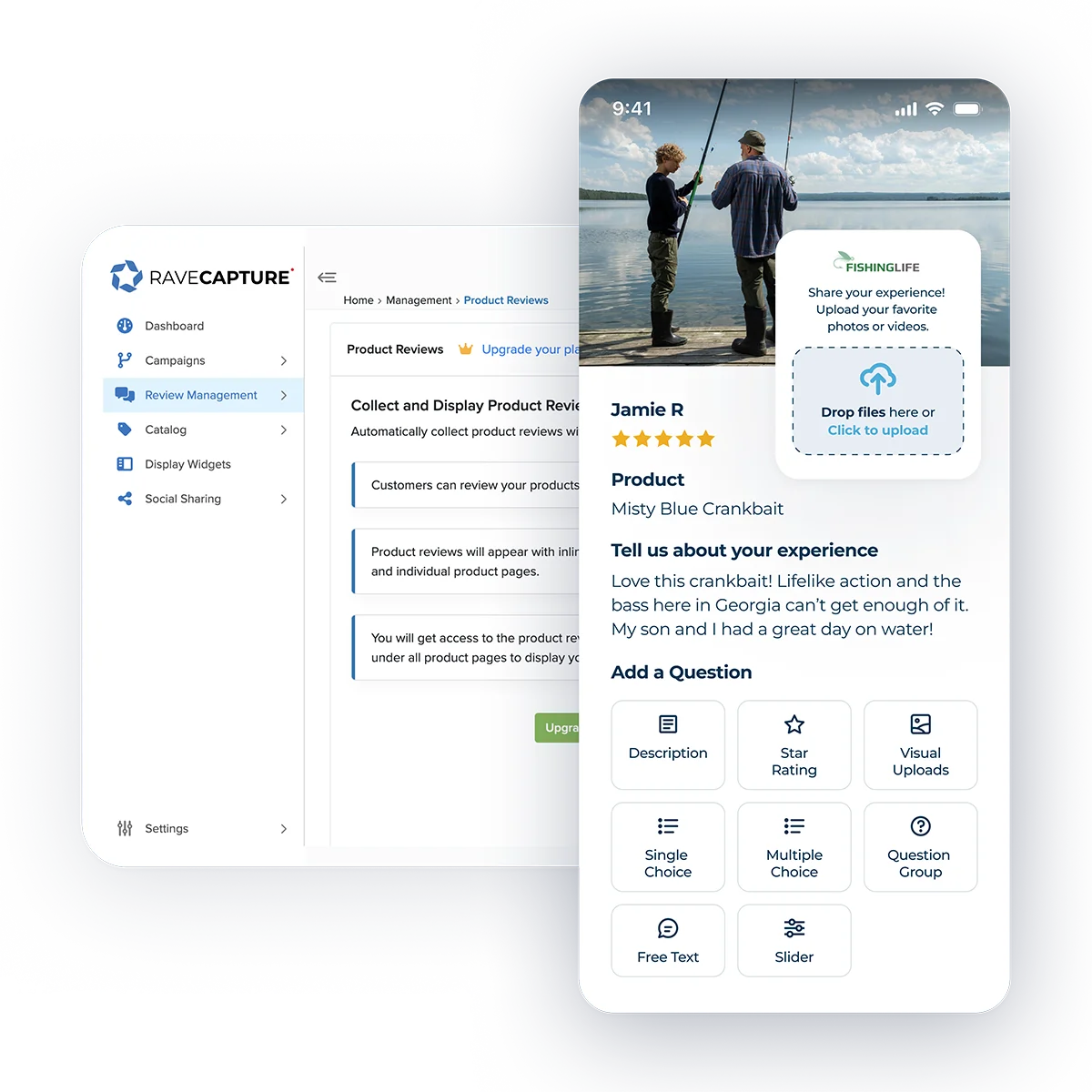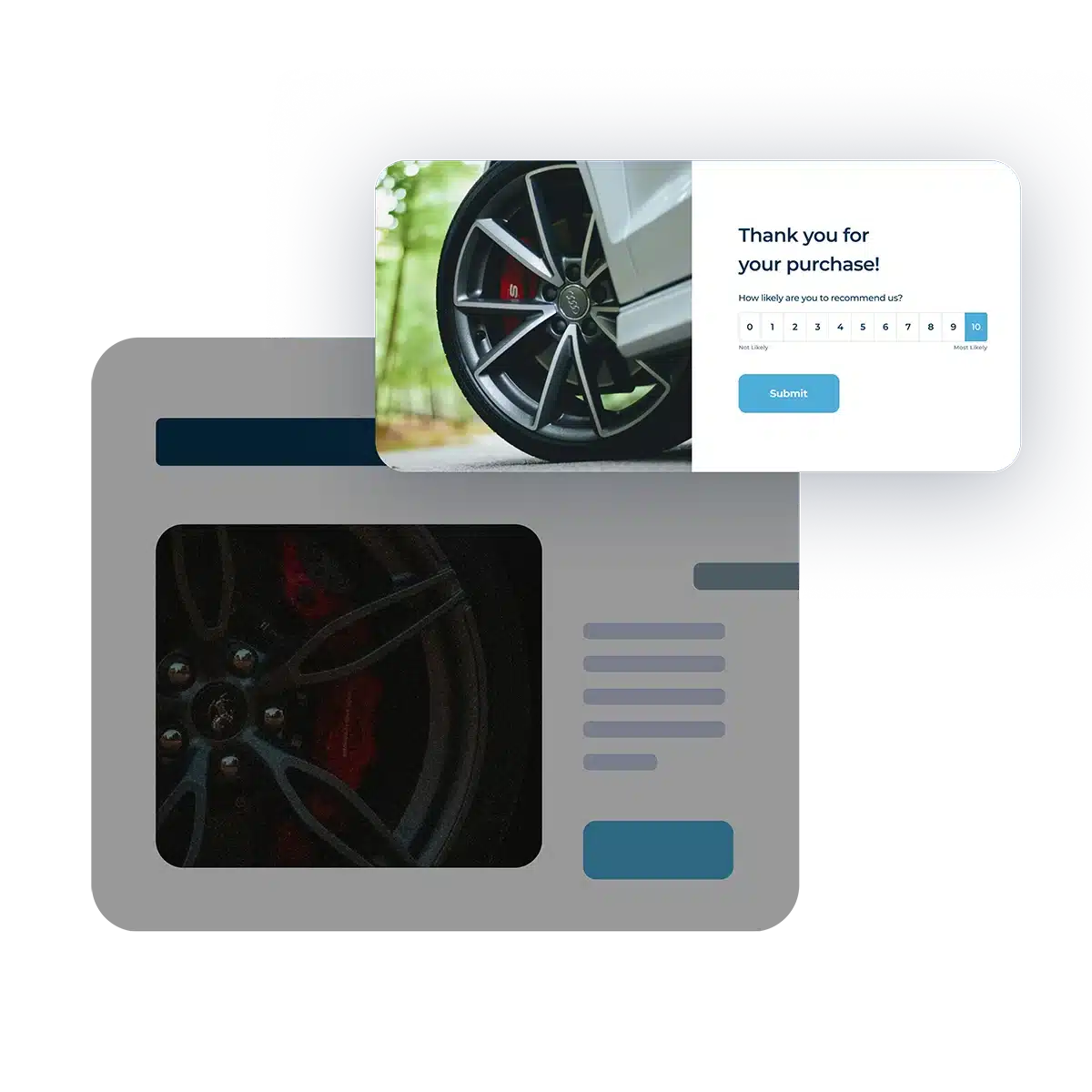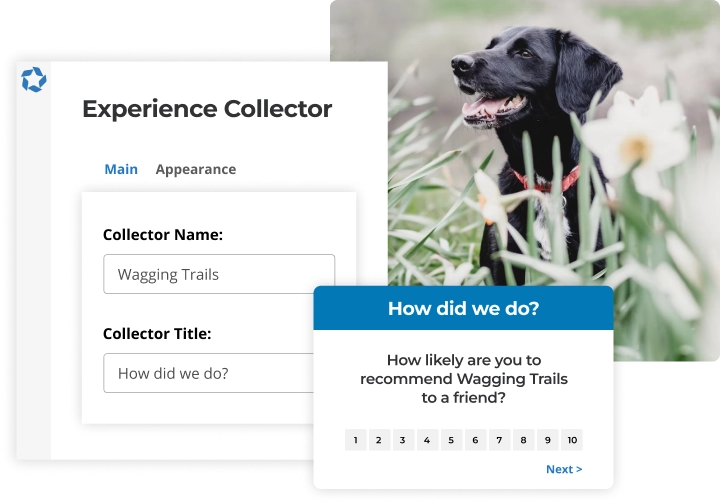As an ecommerce business, a well crafted customer experience survey can unlock insights that drive engagement, loyalty, and new sales.
But how can you truly understand what your customers think about their journey with your brand? The answer is simple — ask them with a well-designed customer experience survey.
Customer experience surveys allow you to collect direct feedback from your buyers on what’s working, what needs improvement, and how you can enhance their overall satisfaction with your brand or products.
When crafted correctly, these customer experience insights are pure gold for optimizing your operations.
But not all customer surveys are created equal. To get the valuable voice of the customer data you need, you have to put thought into the survey design and delivery.
Here are 7 tips for creating a customer experience survey that actually generates useful insights:
1. Identify Your Customer Experience Survey Goals
Before creating your survey, get clear on whether you want to capture feedback on your products specifically or your overall brand experience. Tailoring questions around their journey with your product (unboxing, ease of use, results, etc.) will reveal powerful voice of customer insights to improve your offerings.
However, you may want to go a step further and understand their total experience with your company from their perspective – from the purchase process to shipping and customer support interactions. This full narrative view can uncover gaps to enhance across your entire brand ecosystem.
Knowing if your aim is product feedback or an overarching experience assessment will dictate your survey framing and questions. It will also allow you to categorize and analyze the responses through the right lens later on.

2. Time Your Delivery Right
The timing of when you send out your customer experience survey is critical. You want to hit that sweet spot when the purchase is still fresh in the customer’s mind, but not so soon that they haven’t had time to receive and experience your product.
For many ecommerce brands, sending a customer survey 7-14 days after delivery tends to be the ideal timeframe. That gives them ample time to go through the unboxing and initial product use.
3. Keep It Focused and Scannable
Respect your customers’ time by keeping your survey as short and focused as possible. Aim for no more than 10 questions touching on your key areas of feedback. Use clear, conversational language and break up longform questions into multiple multiple-choice wherever possible.
Presenting your customer experience survey in an easy-to-scan format also boosts completion rates. Bulleted lists, brief questions, and ample white space all help create a smooth survey experience.
4. Customize Your Customr Experience Survey with Context
Don’t send everyone the same generic survey. Customizing your questions based on each customer’s purchase data makes the experience feel more personalized and relevant.
For example, you could tweak the wording for customers who bought certain product types or had their orders shipped internationally. You can even adjust surveys for new vs returning buyers to get different angles of feedback.

5. Offer Avenues for Open Feedback
Your customized survey should have a mix of close-ended questions (multiple choice, rating scales, etc.) to collect quantifiable data and open-ended questions for collecting qualitative feedback. RaveCapture merchant, GUNNER, does an excellent job with its experience survey and has an impressive 21% response rate as a result.
Open response questions give customers the freedom to provide thorough explanations in their own words. This unstructured feedback is where you’ll uncover compelling quotes, personal stories, and unexpected insights to improve.
6. Incentivize Carefully
There’s nothing wrong with offering customers a small incentive (discount code, freebie, etc.) in exchange for completing your survey. Just be thoughtful about what that incentive is and how you frame it.
Promote the incentive as a perk for their valuable feedback, not the main reason you want them to take the survey. You’re aiming to engage authentically invested customers, not just feedback mercenaries.
7. Visualize Their Experience
Text-only surveys only go so far in capturing the full customer experience story. To take your insights to the next level, find ways to collect photos and videos directly from customers.
For example, you can prompt customers to submit photos or videos of themselves unboxing and using your products. This lets you visualize their real experience from their exact vantage point – a gold mine for product development and building consumer trust.
RaveCapture’s Experience Surveys Make Customer Feedback Easy

RaveCapture gives you all the tools to create and send beautifully designed, tailored customer experience surveys at the ideal time, every time.
You can:
- Design customized, on-brand surveys with an intuitive builder
- Send targeted surveys automatically triggered by customer behaviors and key milestones
- Collect photos, videos, and rich multimedia feedback to visualize their experience
- See survey responses and feedback natively alongside customer profiles and purchase data
- Share standout customer stories and photos with shoppable displays and website widgets
The more you can learn about your customers’ experiences, the better you can optimize each touchpoint for satisfaction and growth. Start collecting customer insights with tailored experience surveys using RaveCapture today.
